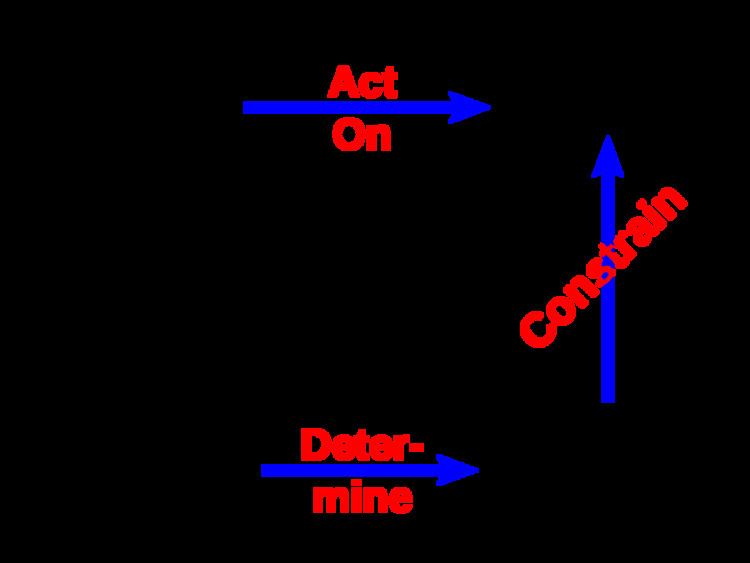 | ||
Evolutionary physiology is the study of physiological evolution, which is to say, the manner in which the functional characteristics of individuals in a population of organisms have responded to selection across multiple generations during the history of the population.
Contents
- History
- Emergent properties
- Areas of research
- Techniques
- Funding and societies
- Some journals that frequently publish articles in evolutionary physiology
- References
It is a subdiscipline of both physiology and evolutionary biology. Practitioners in this field come from a variety of backgrounds, including physiology, evolutionary biology, ecology and genetics.
Accordingly, the range of phenotypes studied by evolutionary physiologists is broad, including life history, behavior, whole-organism performance, functional morphology, biomechanics, anatomy, classical physiology, endocrinology, biochemistry, and molecular evolution. It is closely related to comparative physiology and environmental physiology, and its findings are a major concern of evolutionary medicine. One definition that has been offered is "the study of the physiological basis of fitness, namely, correlated evolution (including constraints and trade-offs) of physiological form and function associated with the environment, diet, homeostasis, energy management, longevity, and mortality and life history characteristics."
History
As the name implies, evolutionary physiology is the product of what was at one time two distinct scientific disciplines. According to Garland and Carter, evolutionary physiology arose in the late 1970s, following debates concerning the metabolic and thermoregulatory status of dinosaurs (see physiology of dinosaurs) and mammal-like reptiles.
This period was followed by attempts in the early 1980s to integrate quantitative genetics into evolutionary biology, which had spill-over effects on other fields, such as behavioral ecology and ecophysiology. In the mid- to late-1980s, phylogenetic comparative methods started to become popular in many fields, including physiological ecology and comparative physiology. A 1987 volume titled "New Directions in Ecological Physiology" had little ecology but a considerable emphasis on evolutionary topics. It generated vigorous debate, and within a few years the National Science Foundation had developed a panel titled Ecological and Evolutionary Physiology.
Shortly thereafter, selection experiments and experimental evolution became increasingly common in evolutionary physiology. Macrophysiology has emerged as a subdiscipline, in which practitioners attempt to identify large-scale patterns in physiological traits (e.g., patterns of covariation with latitude) and their ecological implications.
More recently, the importance of a merger of evolutionary biology and physiology has been argued from the perspective of functional analyses, epigenetics, and an extended evolutionary synthesis. The growth of evolutionary physiology is also reflected by the emergence of subdisciplines, such as evolutionary endocrinology, which addresses such hybrid questions as "What are the most common endocrine mechanisms that respond to selection on behavior or life-history traits?"
Emergent properties
As a hybrid scientific discipline, evolutionary physiology provides some unique perspectives. For example, an understanding of physiological mechanisms can help in determining whether a particular pattern of phenotypic variation or covariation (such as an allometric relationship) represents what could possibly exist or just what selection has allowed. Similarly, a thorough knowledge of physiological mechanisms can greatly enhance understanding of possible reasons for evolutionary correlations and constraints than is possible for many of the traits typically studied by evolutionary biologists (such as morphology).
Areas of research
Important areas of current research include:
Techniques
Funding and societies
In the United States, research in evolutionary physiology is funded mainly by the National Science Foundation. A number of scientific societies feature sections that encompass evolutionary physiology, including:
